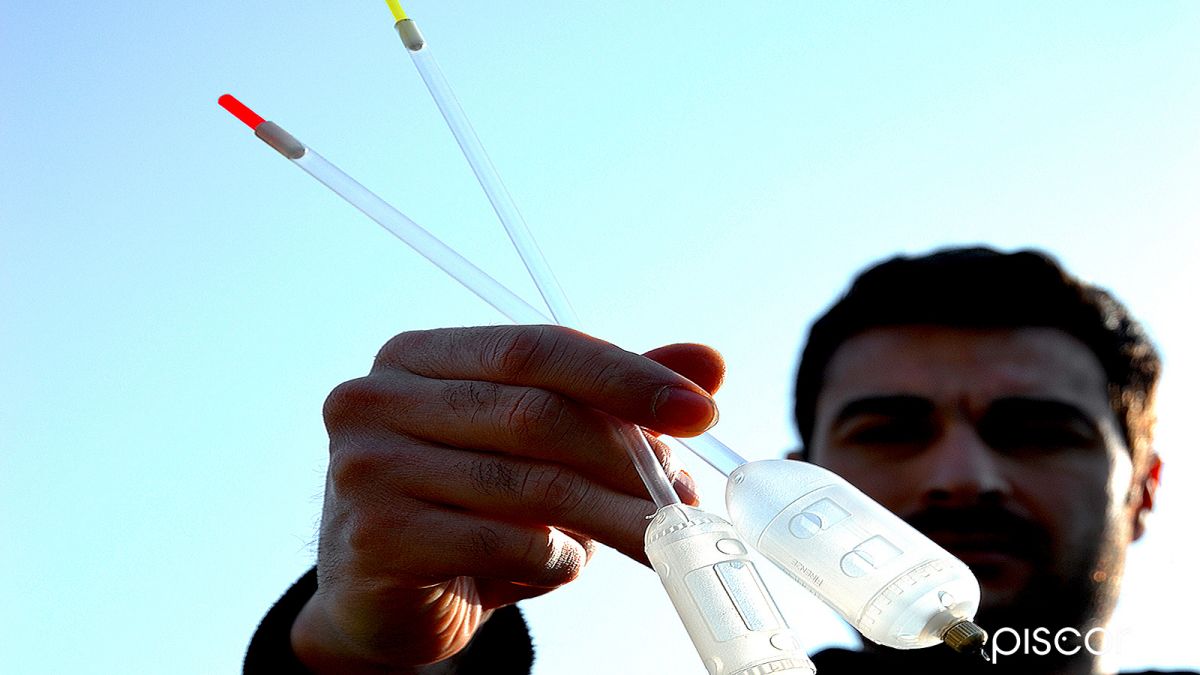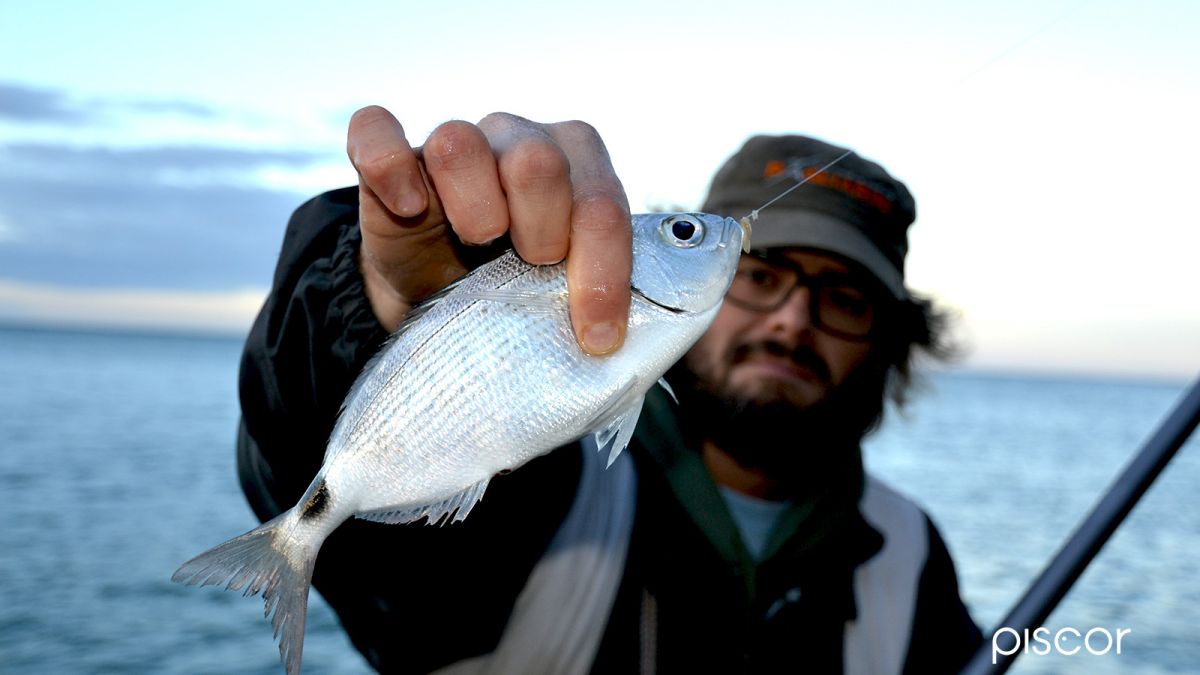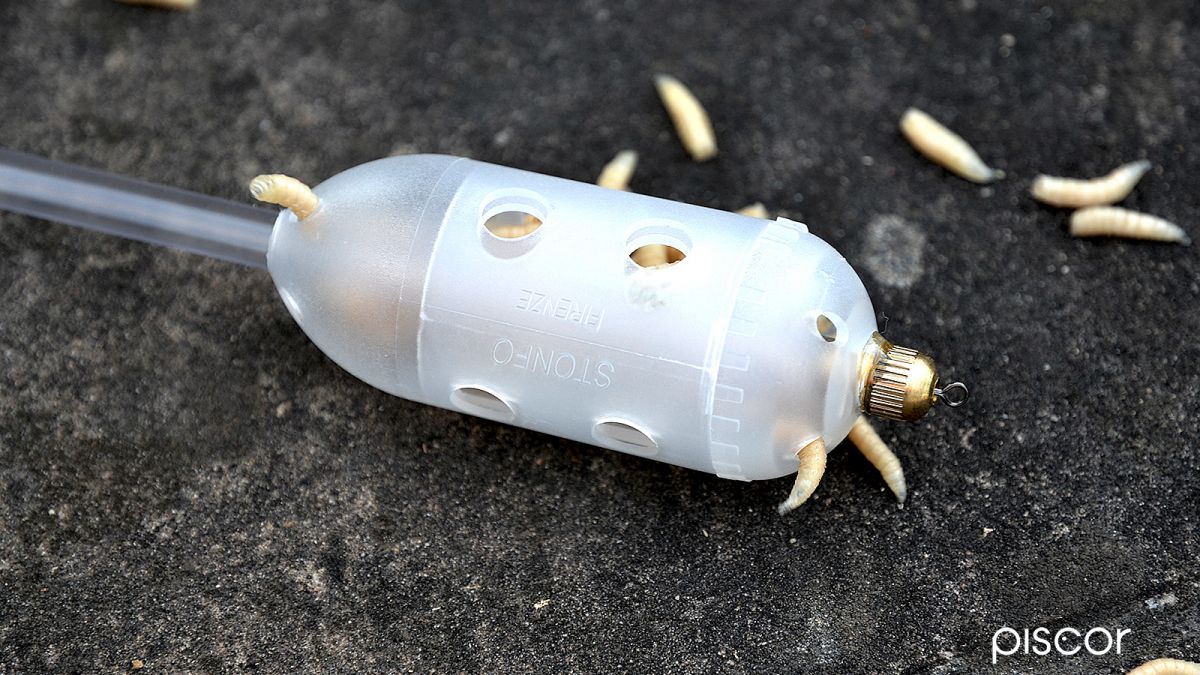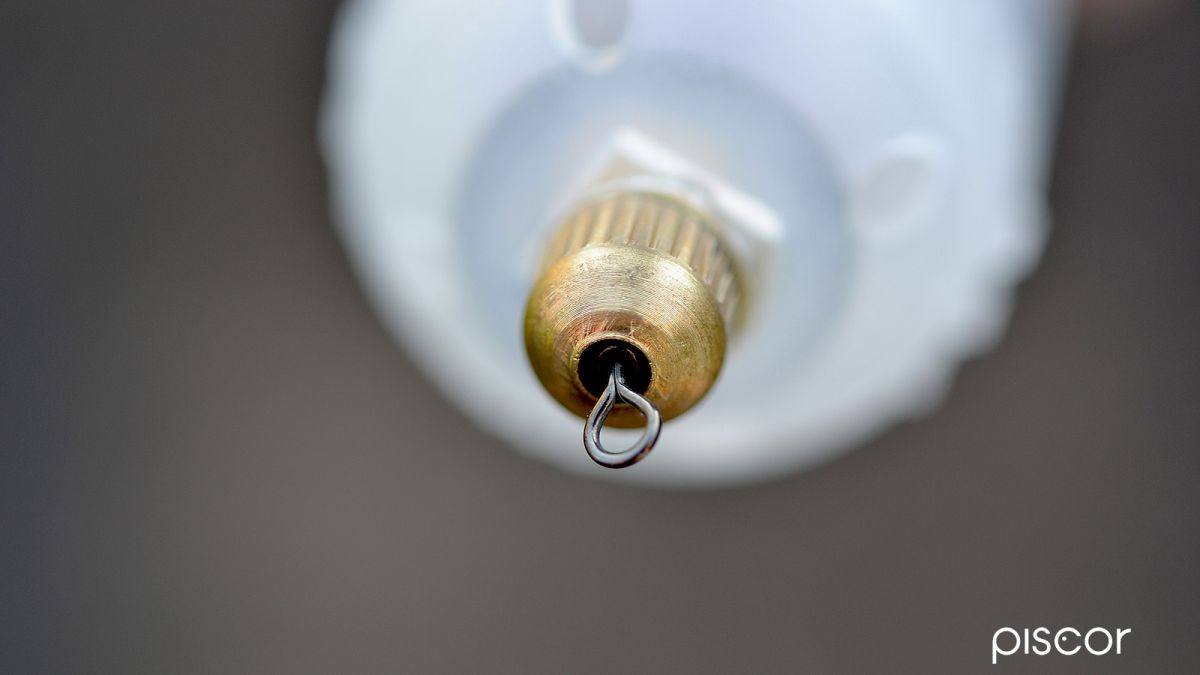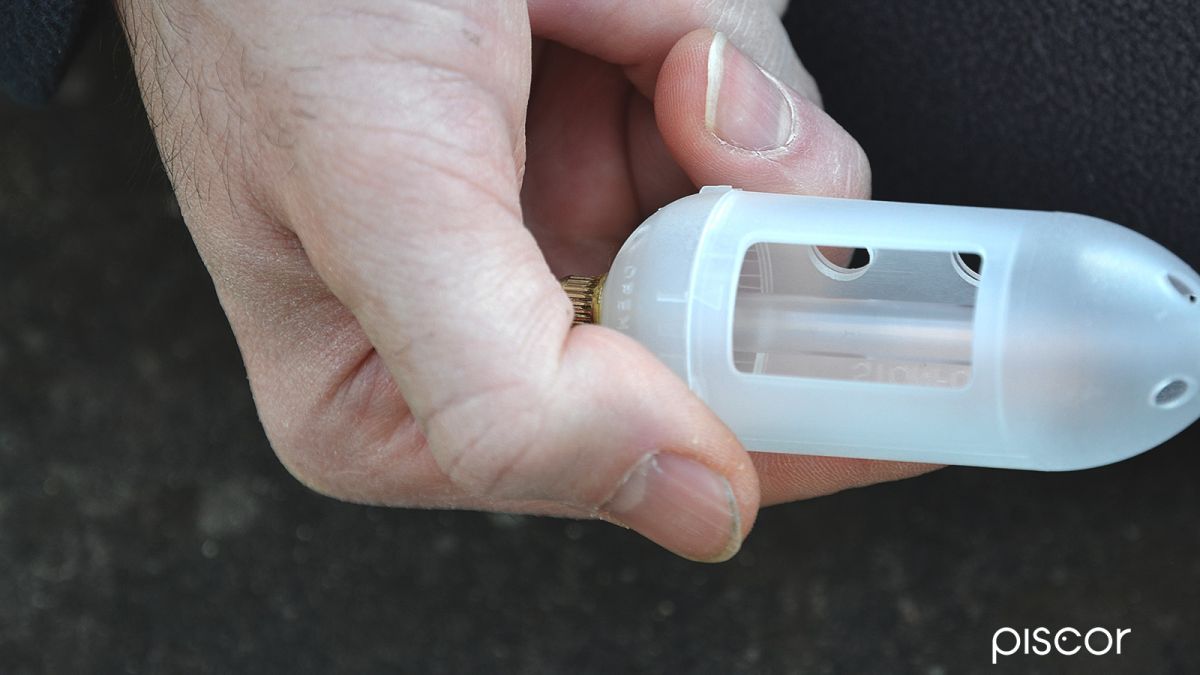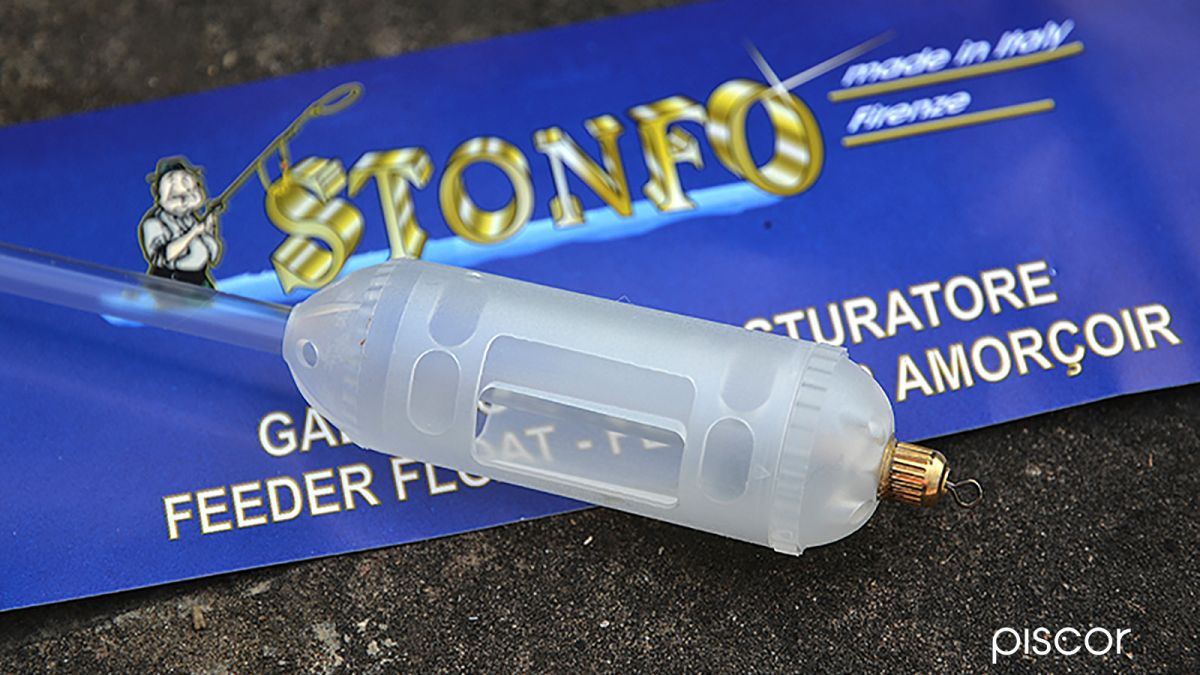Is there a specific and very effective technique to undermine the many fish species that invade the coast? Of course there is! And it begins from the use of a particular float that differs from the classic ones usually used for bolo fishing.
This type of float, in fact, not only acts as a bite signal, but also acts as a feeder, and it is precisely this ability to perform two functions simultaneously that makes it unique. We are talking about the floating feeder.
The peculiarity of this float consists in the ability to bait in a precise and delimited way just in correspondence of the hook triggered, thus concentrating in a restricted point the pasture, limiting the dispersion and therefore attracting the fish in a limited area. In this way larvae will fall from the surface and sink slowly, confusing even those that cover the hook.
This technique can be successfully used in various areas characterized by both ups and downs. It is successful, in fact, from the beach but also from the cliff and inside ports while fishing from both quays and floating docks.
Clearly, depending on the fishing grounds, the types of species to undermine will vary. From the cliffs, both natural and artificial, as well as from the mixed beaches, the most frequent prey will be bream, oblade and sea bass, while in the port becomes more frequent the capture of mullet of various species.
FLOATING FEEDER
The floating feeder is very similar to a simple English float. In fact, it is equipped with a long transparent auction with a starlight holder that at its apex has a yellow or red fluorescent auction inserted.
At the base of the transparent auction, just above the plumbing, there is an adjustable feeder with a main opening in the central part of the body that allows the same to be loaded with maggots, and two smaller secondary openings, which can release more or less larvae, depending on the need.
Instead, the two ends, upper and lower, are respectively equipped with four much smaller holes capable of releasing no more than one larva at a time. Inserted and attached to the lead, there is a metal slot inside which the main line must be passed; in fact, this indicator, like the English float, does not require to be mounted in line, but in drift.
LINE CONSTRUCTION
The fishing technique and the fishing line are very simple and essential. The rig, an abundant meter long and ending with the relative hook, will be tied to the main line by means of a blood-knot and in proximity of the latter, a shot lead of the number 11 will be crushed.
This will have the task to sink the fishing apparatus in a perpendicular way to the surface of the water, so that the hook triggered goes to position itself exactly under the "rain" of maggot that come out of the floating feeder.
One meter higher the float will be stopped by two number 8 stoppers, one above and one below. Between the two there will be a "game" of about ten centimeters, so, when the fish will eat, it will not feel the weight and strength offered by the float, not realizing the trap, and therefore swallowing the bait that hides the hook to which it will remain irretrievably hooked.
Adjacent to the stopper above it is possible to crush, if necessary, a ball of the number 10 if during the phases of throwing and fishing the stopper is not able to withstand the stresses imprinted on it. Basically, between the hook and the float there will be about two meters, the distance between them in our opinion optimal for this type of technique.
ENVIRONMENT AND TIMING
As far as the weather and sea conditions are concerned, this technique is well suited to deal with fishing situations characterized by stable weather and calm or not very rippled sea. In these conditions, in fact, we are able to fish perfectly on the pasture.
On the contrary, in situations of rough sea, the greater current and the extreme lightness of the line used, would instead make us go "out of fishing", significantly reducing the chances of catching.
This technique, moreover, turns out to be purely diurnal, in virtue of the fact that during the night the fish tends to sink and hardly manages to find in the dark larvae so small fluctuating in the middle of the water.
As usual, especially in high pressure conditions, the inevitable moments of sunrise and sunset will be crucial. In such circumstances we must try to reduce errors to a minimum and keep a cool head as we will have a lot of bites, and causing wigs to line or tears for too much haste would mean losing valuable fishing moments greatly reducing the chances of catching them.
EQUIPMENT
Usually, to face all the fishing spots, we will use six or seven meters long Bolo rods, combined with reels of 2500-3000 size.
The rods should not be too soft, nor should they have a tip action, but parabolic-progressive, so as to be able to manage the weight of the float feeder, which is available on the market in two sizes, 8 and 15 grams, at least for products branded Stonfo. These weights, in fact, make the fishing action more demanding, and the use of inadequate rods would certainly have a negative impact on the fishing action, both during the launch phase and during the retrieve.
As far as the choice of the rig to be used is concerned, we will use a nylon of 0.16 in reel, while as far as the rig is concerned we will use a fluorocarbon oscillating between 0.12 and 0.16, depending on the chosen fishing place and the prey that we are going to undermine.
Clearly, if our line takes place from a mixed beach or from the cliff and the prey that we most undermine will be oblade and breams, everything will have to be increased. We will therefore move towards diameters of 0.14-0.16 for the rig, while the size of the hooks will vary between 14 and 16.
Conversely, if we are inside a port, or in any case in a body of water characterized by almost no current and zero wave motion, we will prefer the choice of a rig of 0.14 ending with a hook of number 18.
Also the trigger will vary according to whether we find ourselves in the first or in the second case. From the cliff for oblade and breams, the use of a full-bodied bite, composed of two or three larvae, can be a winner. In the port area, however, the main prey will be mullet and sea bass, so the trigger must be better cared for, the larvae triggered in case there are two, they must be just pinned on the narrowest side of the maggot, in the case instead you use the trigger of a single larva, the latter will be pinned for about half of his body, so as to blend perfectly with the larvae that come out of the floating feeder.
The fishing action will consist in loading the latter into the bag of maggots in order to not disperse part of the larvae during the loading phase, then we will adjust the output flow of the latter depending on the current intensity or the speed of emptying found.
In order to obtain the best possible output of maggots, we strongly recommend that you do not overcharge the floating feeder, as once in the sea, the adhesion generated by the water between the larvae and its internal surface tends to act as a stopper, and not to allow the emptying of the same in case of excessive loading.
Once we have identified the precise fishing point that we think is most congenial, we will always try to launch in that same point, in order to always concentrate the pasture in the same place. The launches will be repeated cyclically, at regular intervals of about 10 minutes, so as to allow the complete emptying of the floating feeder.
Once the fish have entered the pasture, the bites will follow one another with a good rhythm and the opportunities to make good catches will certainly not wait.

